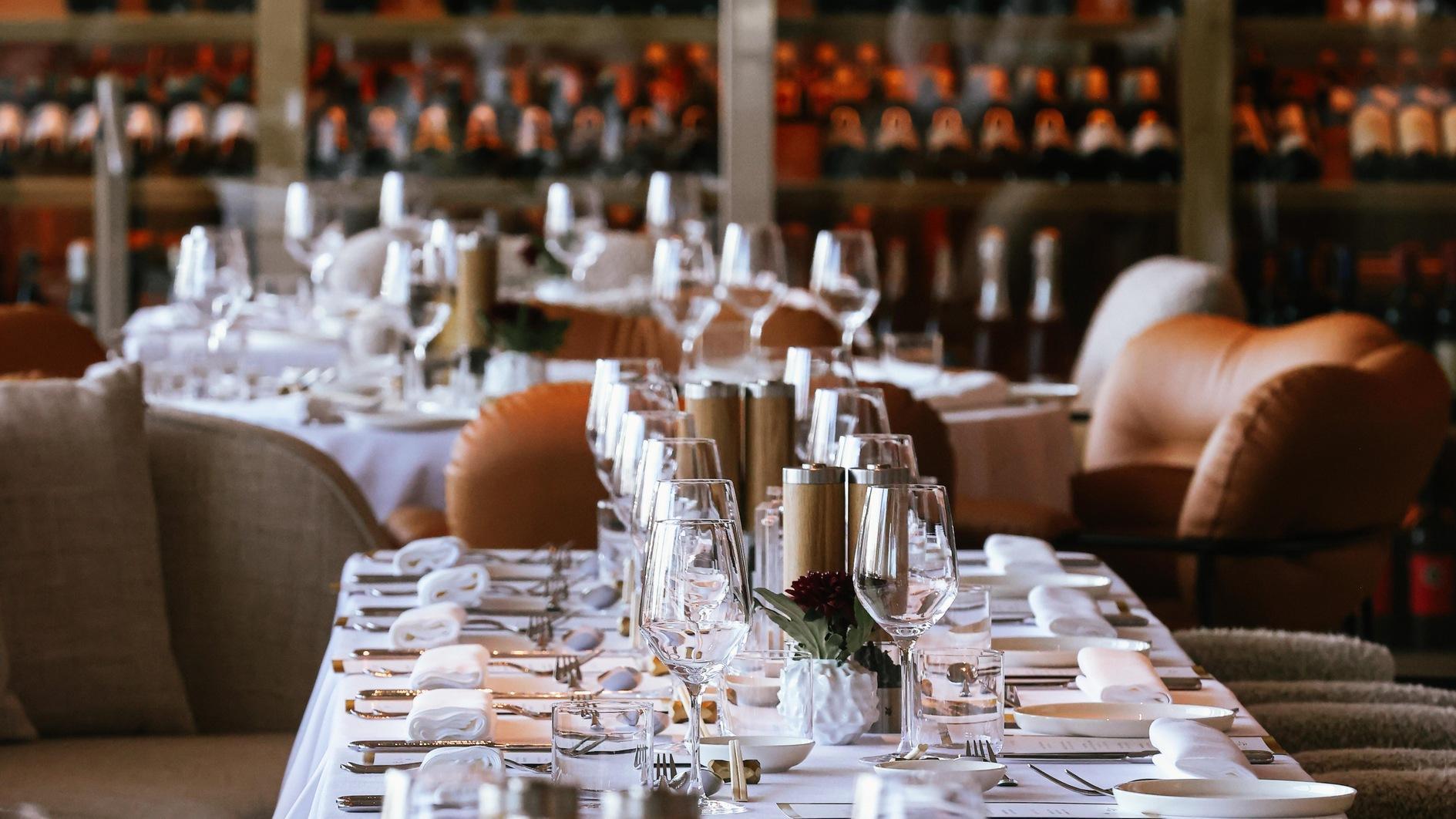
He is the most enthusiastic member of a family that has been cooking for five generations. He is so enthusiastic about cooking that as a child, he adorned his walls with images of renowned chefs instead of pop icons... Chef Vladimir Mukhin, celebrated for introducing Russian cuisine to the global stage, is now in Istanbul with his restaurant, Sakhalin, with a concept he refers to as "Mediterrasian."
“My father had a way with ingredients, as though he communicated with them; he was more than just a cook. My grandfather was a culinary instructor, and my grandmother crafted special dishes for distinguished people at home. These dishes were special because, during the Soviet Union era, all restaurants were state-run, and altering recipes was not permitted. That is the kind of home I grew up in.”
Listening to Mukhin, you realize once again that genes are just as significant in a person's life as talent. He is like a sophisticated manifestation of the four generations of culinary expertise that have passed through his family. Imagine a backdrop of state-controlled restaurants and unchangeable traditional recipes, and in the middle of it all, a grandmother who freely shows off her culinary prowess to her guests at home.
Mukhin sees his grandmother as his role model and talks about how proud he is of her at every opportunity. But he does not leave out his father's technical expertise either. His father’s knowledge of ingredients and the restaurant he opened in Moscow after the collapse of the Soviet Union actually formed the basis of his current career.
Mukhin sparked astonishment and curiosity in the world of gastronomy when his White Rabbit, which he opened with his investor, made it onto the list of the best restaurants worldwide. And it was because of him that the world came to understand that Russian cuisine was also worth discussing.
Mukhin did not stop there; he went on to establish another daring venture, Sakhalin. While it appears Japanese at first, Mukhin calls it as "Mediterrasian," a creative blend of Mediterranean and Asian culinary traditions. It is a bold undertaking to become a trailblazer in creative Russian cuisine while venturing beyond one’s established career path.
But Mukhin is such an admirer of its culture that he believes he was Japanese in his past life. But he was more than simply a fan; he honed his skills under Jiro Ono, one of the most well-known sushi chefs. Not only that, but he sought mentorship from with Narisawa, one of the most rigorous and inventive people in Japanese cuisine. Vladimir's dedication did not stop there; he collaborated with his friend Mitsuharu, the Japanese chef of Maido in Peru, which is lauded as the world's second-best restaurant. He even arranged for his sushi station chef, Alex Kogan, to train at Maido. The end effect of all of this was Sakhalin. The decoration and ambiance of Sakhalin mirror the Japanese philosophy of "wabi sabi," celebrating the beauty in simplicity, which Vladimir is greatly impressed with.
Mukhin hails from the Black Sea region, born in the vicinity of Sochi. This geographical connection, sharing the same sea but on opposite shores, is partly why he feels a kinship with us. Sakhalin has a basic menu, yet it is subtly tailored to reflect the local setting. In crafting the Istanbul menu, one of their key collaborators has been chef xxx, a partner in culinary creation for four years.
The menu includes North Pacific Kamchatka crab, as well as local bluefin tuna and red shrimp from Mersin. Put another way, it is a culinary expedition that marries top-notch ingredients with skillfully applied culinary techniques. For those seeking to fully experience what Sakhalin has to offer, I recommend selecting dishes from various parts of the menu. According to Chef Vladimir, any dish featuring tuna is a must-try, including specialties like tuna tataki or Three tuna tartars made from three different parts of the fish: akami, toro and chutoro.
The crabs and lobsters in the aquarium filled with seawater are used for more than just pasta and grilled items on the menu. For those interested, there is an option for a special degustation menu featuring Kamchatka crab or lobster. This menu, which allows you enjoy crab in all its forms, even includes stuffed zucchini blossoms with crab meat. The chef, drawing inspiration from the influence of Caucasian cuisine in Russia, is particularly attentive to stuffed vegetables and leaves. Stuffed veggies, in his opinion, are a valuable cooking method that works well with a variety of ingredients. He is completely correct.
Sakhalin salad with crab, sea bass carpaccio with yuzu sauce, and leerfish tataki with ponzu sauce are just a few of the dishes to try on a menu that highlights fresh seafood and vegetables.
As for desserts, Sakhalin's landmark is tiramisu made with coffee caviar and served in tiny caviar tins. Additionally, special Ramadan menus have been created for their Dubai and Istanbul venues, offering a unique iftar experience for those seeking something different.